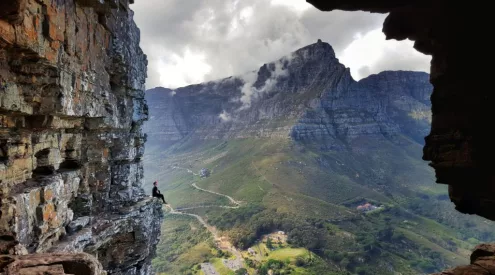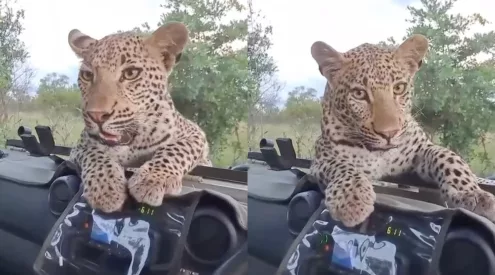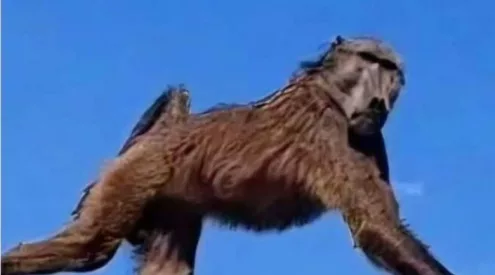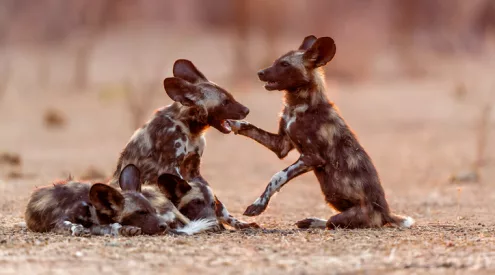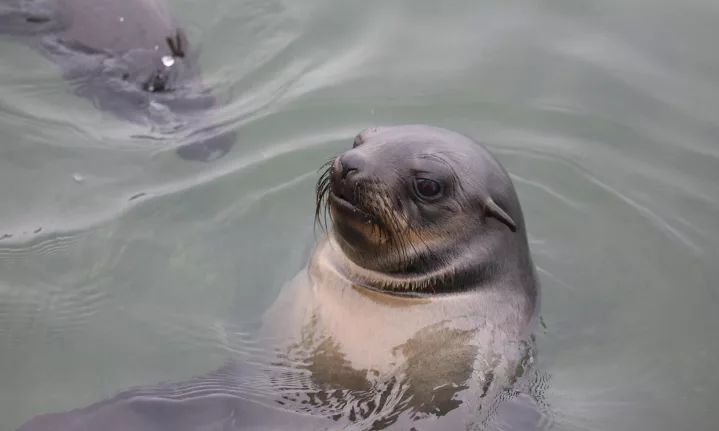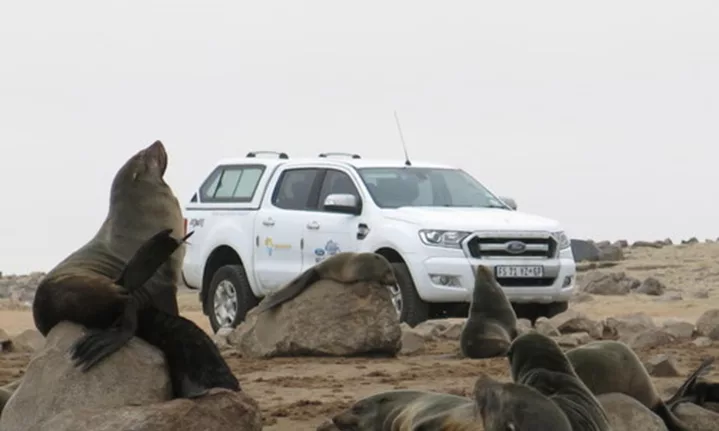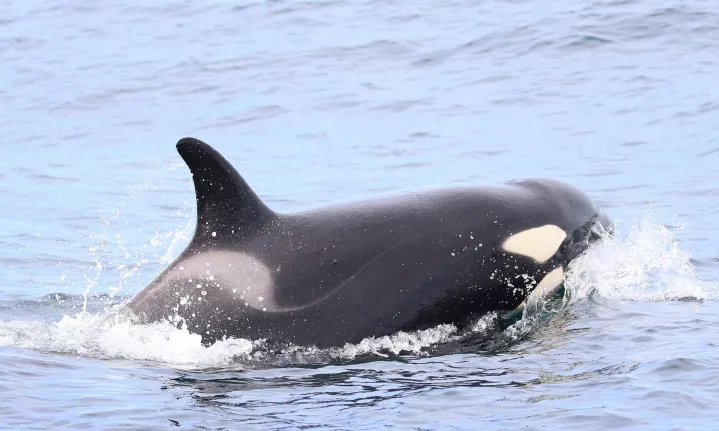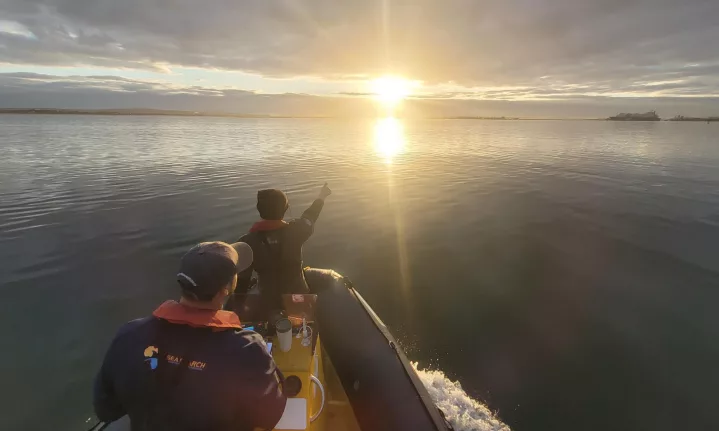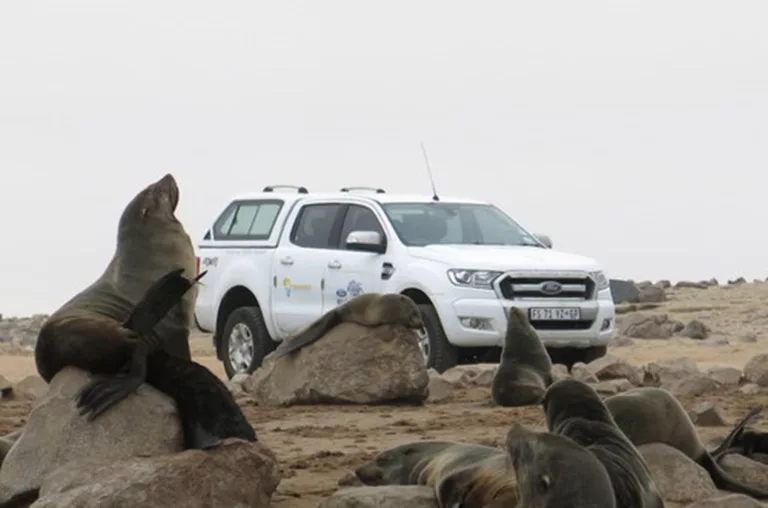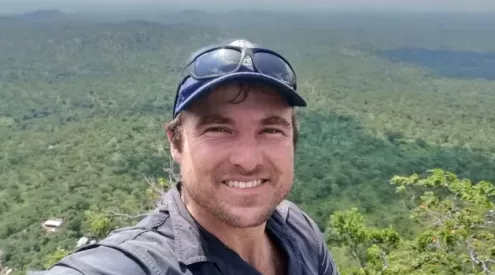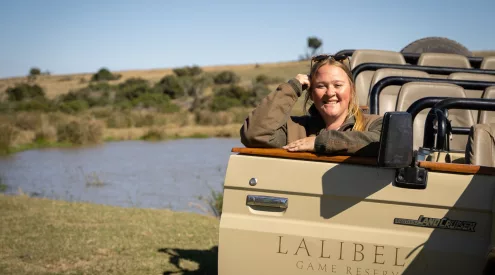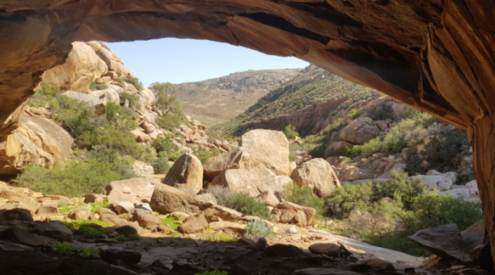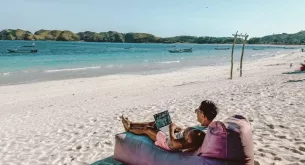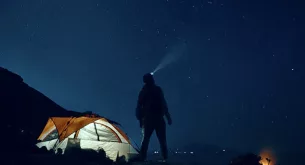Spending a day at sea with South Africa’s committed marine conversationists and researchers fighting for the safety of our seas was nothing short of an honour, writes Amy-Lee Steenkamp.
Sea Search Research and Conservation (SSRC), anchord at the forefront of marine exploration and conservation in SA, stands as a science-driven beacon of hope in understanding and protecting our oceans and its wildlife.
The collective of scientists and students was founded with the aim of unravelling the beautiful, perplexing mysteries of the deep, and to advocate for marine conservation. Receiving an invitation to hit the water with this driven team made for a different day at the office…
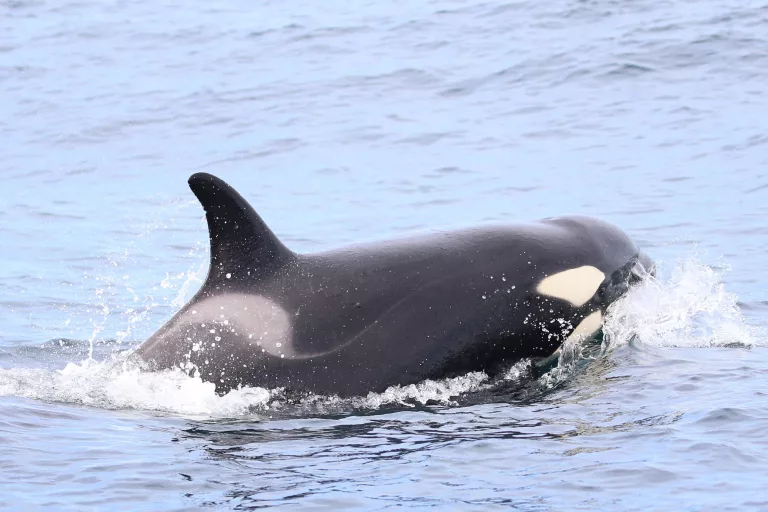
What I learned from day at sea with SSRC
Our day at sea was dotted with remarkable sightings – from penguins wading waters, seals basking in the sun, birds diving for pray and a rare sunfish grazing the coastline. A nearby crew struck big luck when they spotted a Bryde whale. Between hitting the waters and spending the day with the committed teams from the SSRC and Ford Wildlife Foundation, here are two interesting marine wildlife facts we learned.
Monitoring the Cape fur seal
Seal health is at the forefront of the SSRC’s focus. These beachfront slickers are the most abundant marine mammals in South Africa, and they live in densely populated colonies. In fact, did you know that a single colony is packed with up to a quarter of a million seals?
The SSRC’s research and conversation efforts focused on Cape fur seals includes finding ways to negate the transfer of disease, as the species often shares habitats with endangered seabirds. Another strong point of focus is monitoring human interaction, as well as taking measures to save seals from plastic waste that poses serious risks to all marine life.
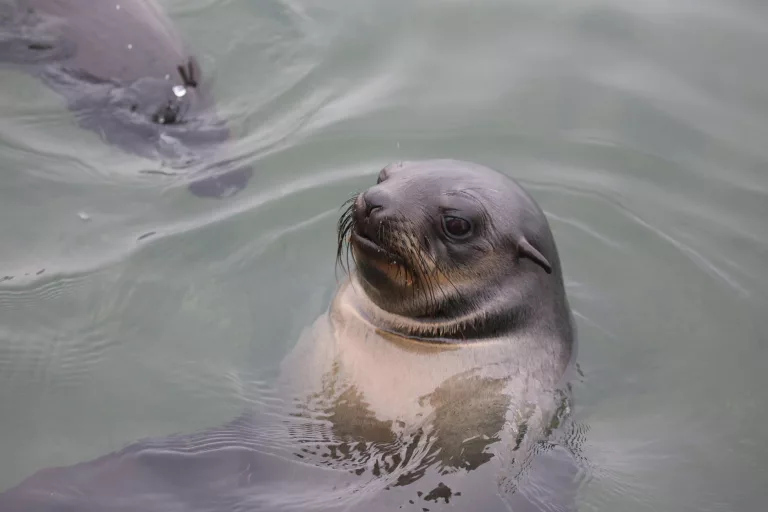
The SSRC has partnered with Ford Wildlife Foundation, who have generously provided a Ford Ranger vehicle to enable the team to work with local and international government organisations, vets and NGO’s for an in-detail study about these seals, and other marine animals, such as the killer whale.
The killer whale
You might have heard about Mzansi’s resident Orcas, Port and Starboard – the infamous shark eating duo. However, the pair aren’t the only killer whales on the South African coastline.
These mammals are tricky to study as they are rare to see, says the SSRC – they’re elusive, and unpredictable. The team uses multiple sources to gain a better understanding of these animals.
With hydrophones, reported sightings by boat, and photos, they have collected useful findings about their behaviour, with the goal of eventually attaching satellite tags to track these beautiful creatures.
The only place where killer whales are seen with any regularity around South Africa is close to long-line tuna fishing vessels, where some killer whales seize the opportunity to grab a ‘free’ meal by snatching fish.
Stellenbosch MSc student Lindiwe Makapela is looking at how these fishing practices impact depredation. A broader aspect of this project is looking at where our killer whales come from, and where they go.
The SSRC also works with Stellenbosch PhD student, Aaron Barnes, who uses a range of methods from photographic resighting to genetic relatedness to look at population linkages between killer whales around South Africa and the broader South-West Indian Ocean and islands, including South Africa’s Marion Island the French Crozet and Kerguelen Islands.
As we look to the future, the work of the Sea Search Research and Conservation becomes increasingly vital. By expanding their research capabilities, strengthening partnerships, and engaging the public, they strive towards a future where our oceans thrive, teaming with life and providing invaluable ecological services to humanity.
Images: Supplied by Amy-Lee Steenkamp

